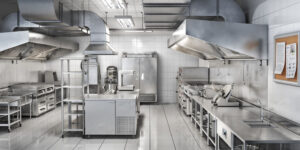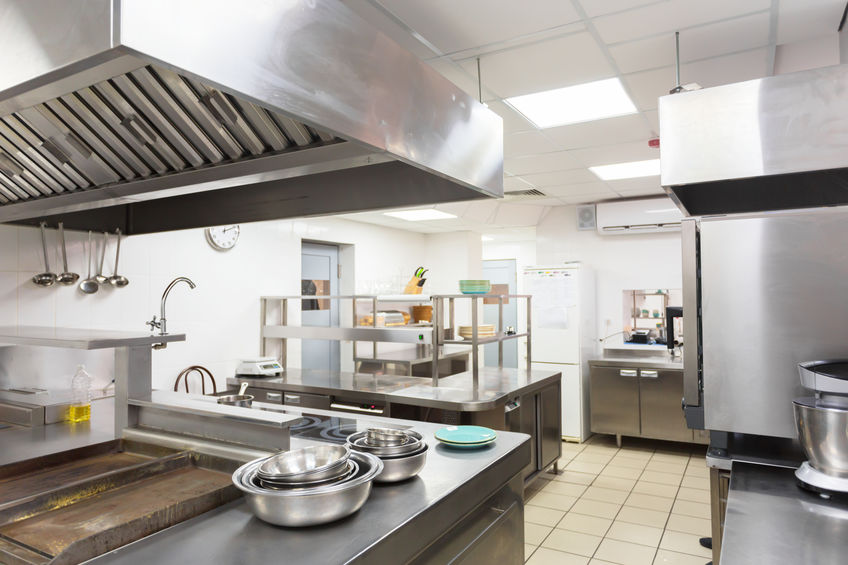
Do you work at a restaurant? Are you tasked with buying equipment for it? What should restaurants consider when having an exhaust fan installed?
Proper Placement
Placement is key for restaurant exhaust fans. You don’t want to hear a constant rattling noise. You do want excellent air movement. Where are some good kitchen fan locations? On the ceiling above the stove, inside a range hood, inside a cabinet above the stove or wall-mounted beside the stove are all locations that make sense. Then, when it comes to venting and ductwork for such fans, you want to make sure you vent the fan(s) directly outside the building– not into attics or crawl spaces. Avoid venting between floors or walls, and keep ductwork as straight and smooth as possible. The less duct bending, the better, and use the maximum diameter duct to fit your exhaust fan(s).
Ideally, the whole purpose of an exhaust fan for your kitchen is to move hot, dirty, greasy air through the kitchen’s hood system, venting it outside
Flow Rate
How much air does your restaurant need to move? The “air volume flow rate” is the measurement of air movement through a duct, expressed in cubic feet per minute (CFM). Depending on the type of cooking done, you might need more air exchange for, say, a large open flame grill used for meat roasting compared to a convection oven. Generally, the CFM needed is dictated by the hood system you’ve purchased, while the National Fire Protection Association sets the standard for air removal volume. Check your local municipal codes to meet (or exceed) their guidelines. Keep in mind that the minimum velocity through the duct is typically 500 CFM per minute.
Static Pressure
Are you aware of a thing known as “static pressure?” This is the resistance against the air traveling through the ventilation system. You might have heard it called friction loss or system air resistance. Basically, static pressure matters because it’s about the balance of air intake and exhaust, and it needs to be optimized in order to prevent poor air distribution and wasted energy.
Remember the aforementioned term CFM? You want to make sure you get it right– too low, and you have poor circulation and performance, too high and you’re venting expensive heated/AC air outside, wasting money. And as for static pressure, if it’s too high then you risk burning out your fan motor.
System Types

Some fans have motors in the air stream– these are called direct drive fans. Other fans have a belt and pulley system attached to the motor shaft– these are called belt drive fans. If you have exhaust that’s more than 122 degrees F, then consider using belt drive fans, which are strong with high speed motors and can be adjusted to variable speeds.
When you get the right exhaust fans for your restaurant, and they work well, then you can expect improved indoor air quality, reduction of odors, removal of grease, and, hopefully, reduced operating costs and energy bills.
Dynamic Fan of Pine Brook, New Jersey, sells restaurant/kitchen fans that will help remove hot air from ovens and fryers, making it easier for cooling systems in the kitchen and dining area to keep those areas comfortable. If you need a restaurant fan installed, repaired or maintained, Dynamic Fan can help– call 973-244-2422; If you need a new motor, bearing, shaft, pulley or belt for your fan, Dynamic Dan sells and installs replacement parts, too.
